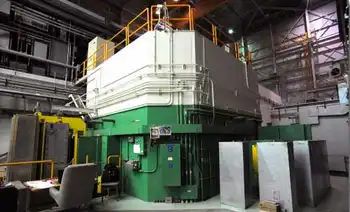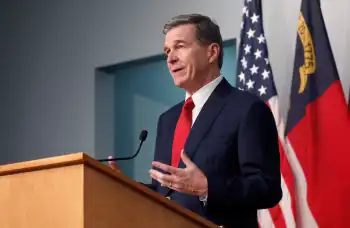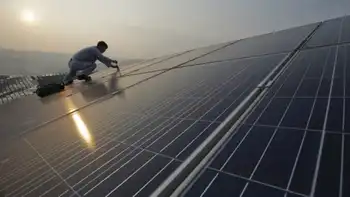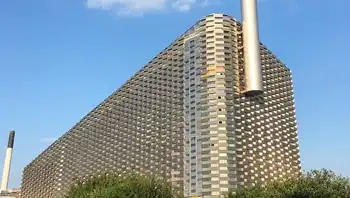Australian wind farms face two-year delay
By Industrial Info Resources
NFPA 70e Training - Arc Flash
Our customized live online or in‑person group training can be delivered to your staff at your location.

- Live Online
- 6 hours Instructor-led
- Group Training Available
What is the difference between the Carbon Pollution Reduction Scheme (CPRS) and the Renewable Energy Target, and why are these two things so polarizing to the industry?
The Carbon Pollution Reduction Scheme is a contentious proposed law in Australia regarding the amount of greenhouse gases produced by industry and proposes a Carbon Credit Trading Scheme as a way of regulating the emissions. The Renewable Energy Target is a commitment by the Australian Federal Government to make Australia's electricity mix 20% renewable by 2020.
The theory is that the CPRS will help to bring renewable energy technologies into the market over time, while the RET scheme will accelerate uptake and prepare the sector to reduce emissions significantly.
The main source of contention for the renewables industry in Australia is that solar water heaters (including domestic) and small-scale solar, wind and hydro electricity systems are eligible in the RET scheme, as well as native forest wood waste. This means that homeowners are eligible for the same renewable energy certificates (RECs) as the wind farm developers, and that funding for these larger scale projects is harder to get.
A renewable energy credit is equivalent to one megawatt-hour (MWh) of renewable energy, except for small-generation units to which a multiplier is applied. The scheme was designed to increase the deployment of renewable energy technology. It also created a market for additional renewable-based generation by legally obliging wholesaler electricity purchasers to source an increasing percentage of their electricity purchases from renewable-based generation.
This glut in renewable energy certificates has created a depression for the price of RECs. The minimum development cost for a 35-MW wind farm is about $50 million (Australian dollars), which does not include the costs involved for consultants, community consultations, and amendments for the protection local wildlife.
The industry has indicated that this would mean that capital-intensive plants will be run at a loss, and that the Renewable Energy Target has inadvertently caused investment for low-emission electricity generation to be shelved.
The REC and CPRS debate will be reopened in February, when the Australian Federal Government returns after the Christmas break. Until then, the wind energy industry will continue to be conservative with investment.











